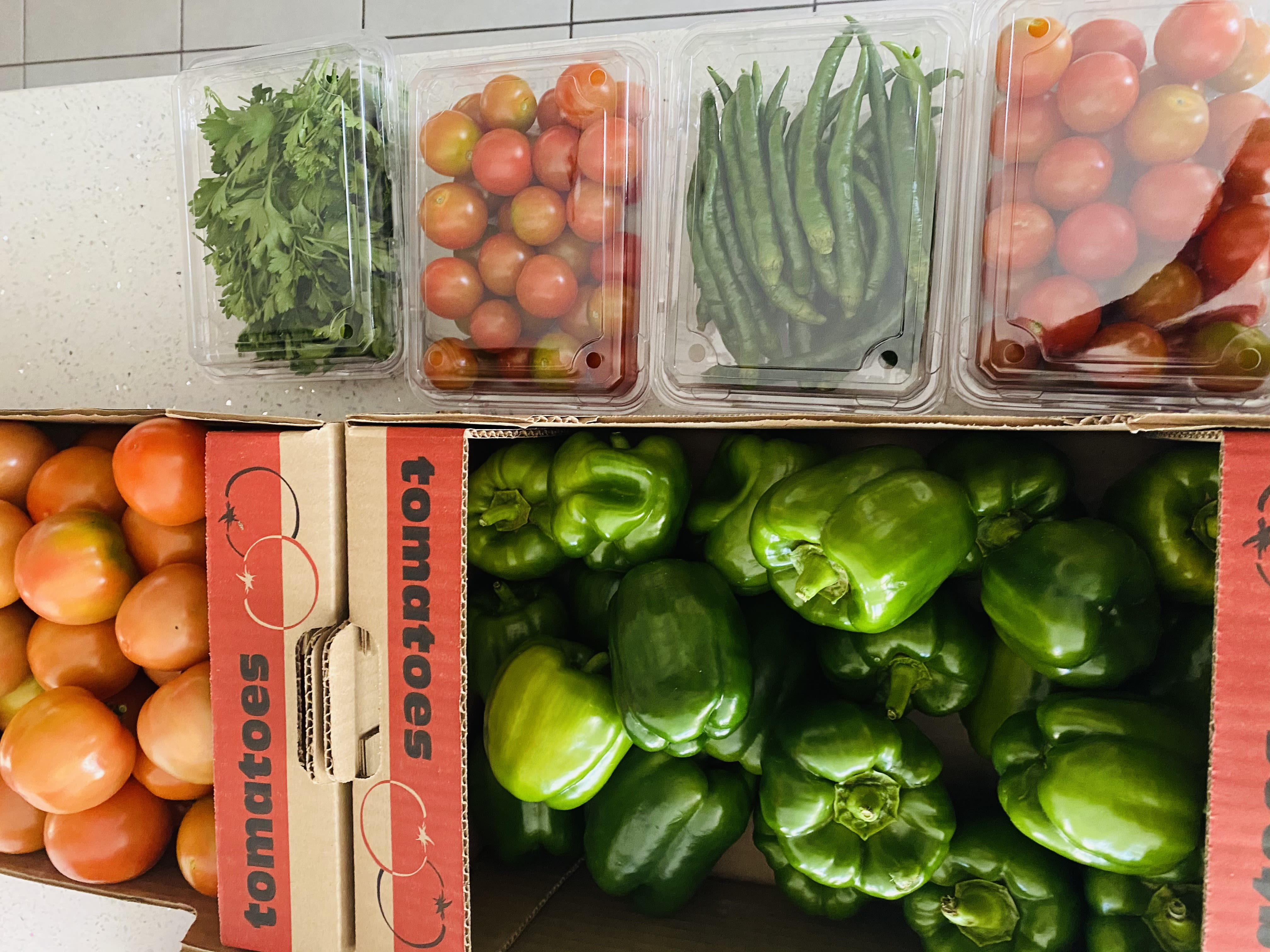
Over the past few months, AWEC has been hosting a series of local, in-person events for our alumnae to gather and discuss the challenges inflation is posing within their specific countries.
We sat down with the organizer of our AWEC Live series, AWEC Alumnae Network Director Akinola Odunlade, to discuss his views on the current economic situation facing many countries across the continent of Africa, with a specific focus on his home country of Nigeria. Akinola has an extensive portfolio in the world’s top firms, including Accenture, EY, and Jumia, where he has developed a passion and expertise for technology-driven solutions, fast-moving consumer goods, e-commerce, and entrepreneurship in both Nigeria and the wider African continent.
Considering the challenges in procuring certain raw materials locally, what strategies would you recommend for diversifying and optimizing our supply chain to minimize the impact of inflation?
Given our experience with fluctuating exchange rates affecting contract costs, what contractual risk management practices can we implement to better navigate currency uncertainties?
Currency uncertainties are not new. Enter forward contracts. A forward contract is a contract agreement to buy or sell an asset at a specific price on a specified date in the future.
What does this mean? You get into an agreement to make a purchase at a specific price irrespective of the prevailing cost. Let’s say you run an electronic company and need to import semiconductors from Asia. The forward contract will specify the terms of the agreement, including the quantity of semiconductors to be purchased, the agreed price, and the future delivery date. By entering into a forward contract, you secure a stable price for the semiconductors regardless of any subsequent market fluctuations or changes in the exchange rate during that contract period.
Unfortunately, a lot of businesses do not cultivate relationships with their banks to take advantage of these. I advise entrepreneurs to meet with their bankers/ financial advisors and ask: “How are more successful companies dealing with this specific issue?” and then draw on their experiences solving similar challenges for other businesses.






In light of increased costs in logistics and fuel, what operational efficiency measures can we implement, and how can we better control costs without compromising the quality of our products or services?
Operational efficiency is a fundamental guiding principle that all businesses should aspire to, especially product-based businesses that require the physical movement of their goods. The FMCG industry often gets this right and I encourage every product-based entrepreneur to have an FMCG acquaintance that they can bounce ideas off of. FMCG companies often have very low margins, making them the ideal industry to learn efficiency from.
Here are some ways to efficiently control costs
- Route Optimization and Planning: Have multiple deliveries in an area? Plan your deliveries on the same day or have specific days for delivery. Incentivize your customers to align with this. This way you can optimize every single trip instead of making multiple delivery runs which could further lead to an increase in logistics costs.
- Shared Logistics: Partner with other businesses who might have a similar structure to yours. Consider collaborating with them to share logistics resources, which can lead to huge savings.
- Fuel-Efficient Vehicles and Tools: Consider investing in fuel-efficient equipment (e.g. air conditioners, machinery, even light bulbs.) “Little drops of water make a mighty ocean." The same is true for ensuring efficiency.
- Technology Integration to Reduce Waste: Another huge source of inefficiencies are humans. You could implement/adopt technology solutions for GPS tracking, real-time monitoring, etc. to ensure that your employees are not using company resources for their personal needs. We see this happen a lot in African businesses so be sure to guard against that.
- Employee Training and Awareness: Train drivers and logistics staff on fuel-efficient driving practices and the importance of cost control. Foster a culture of awareness regarding the impact of operational decisions on overall costs.
Your Turn
It’s important to realize that even small-medium businesses can take a proactive lead to inflation instead of a passive, reactionary position. Doing so will help mitigate the effects and better equip you for future volatilities. Irrespective of the industry and type of business you operate, employ a common approach used in personal finance to drive down personal debt:
- Rate the challenges your business experiences from the least pressing to the hardest hitting.
- Starting with the least difficult problem, brainstorm or reverse brainstorm with your team solutions to overcome it.
- Then work your way down the ladder to the most complex, longest problem to tackle. By this point, you’ll have an arsenal of experience and confidence from solving the lower-hanging issues which will make the juggernaut challenge seem less daunting.
Use any of the above tips to kickstart the ideas and share your ideas with the AWEC community on social by tagging us @WeAreAWEC!





